

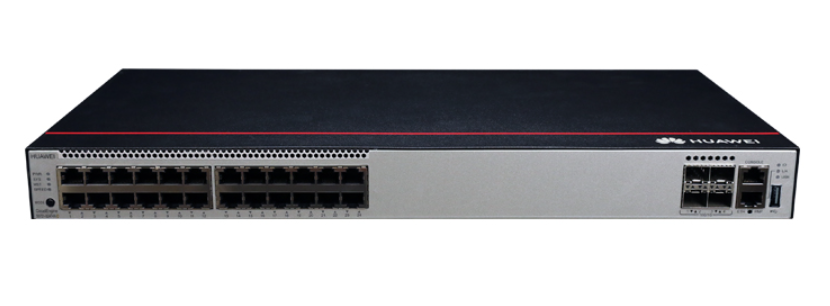



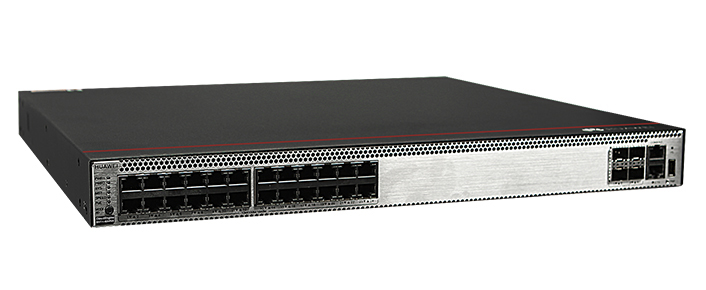
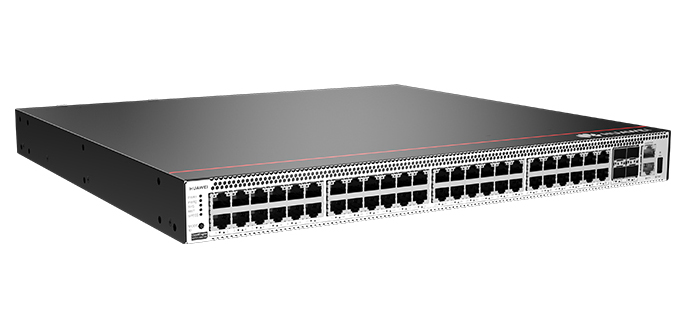
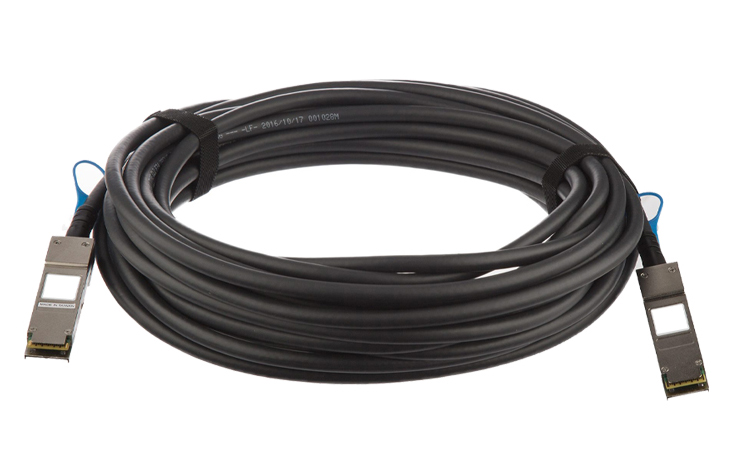

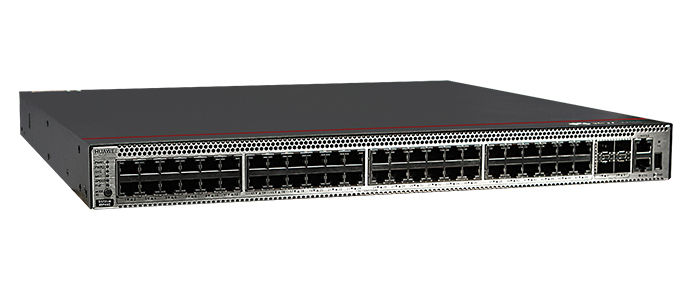
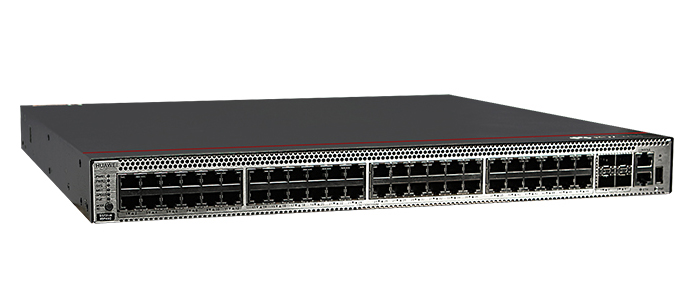
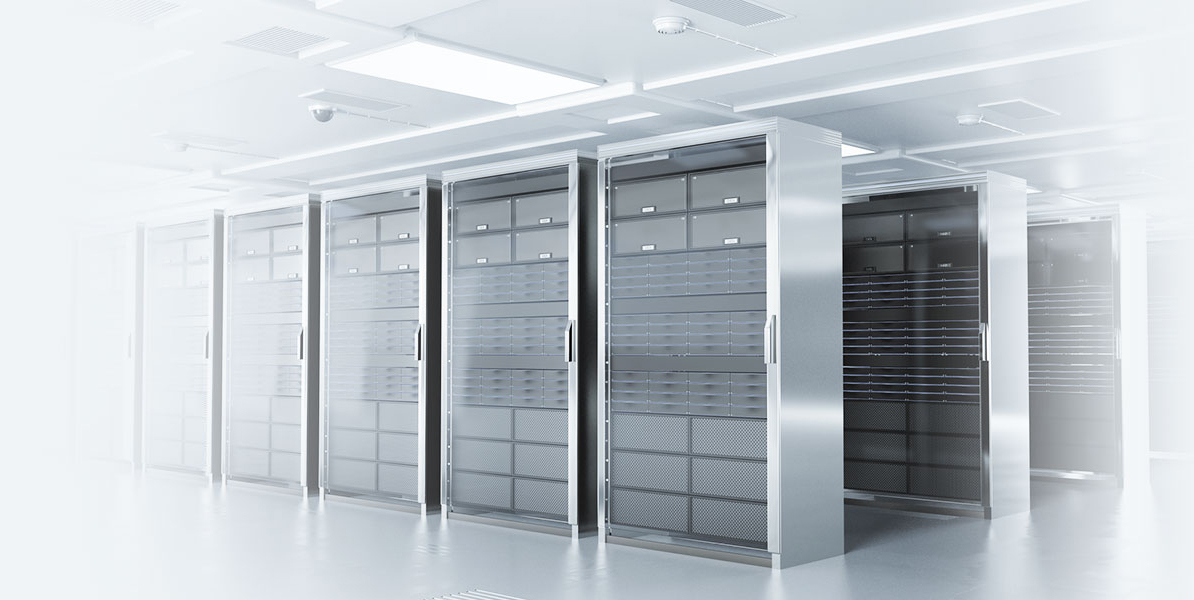
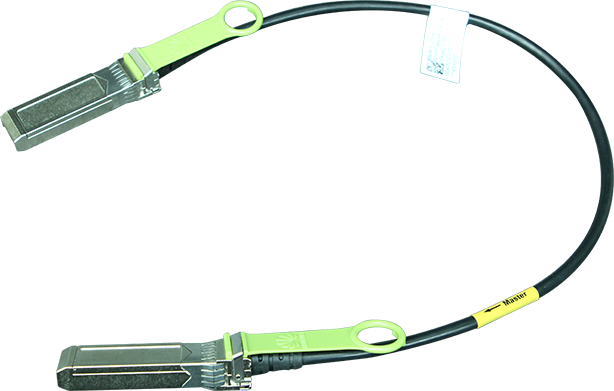
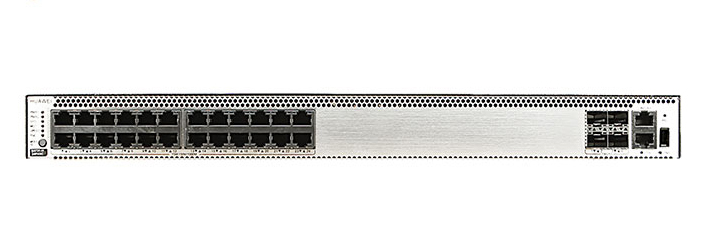
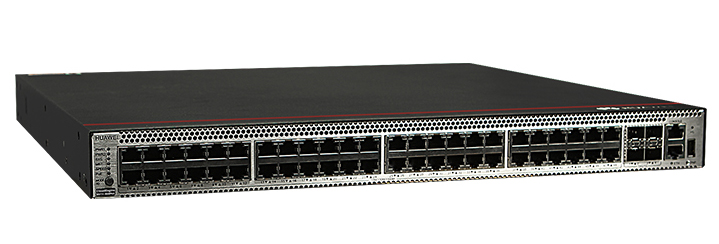
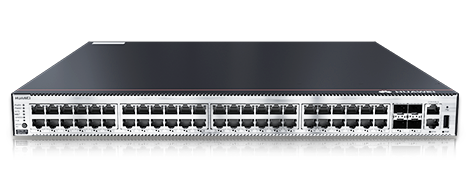

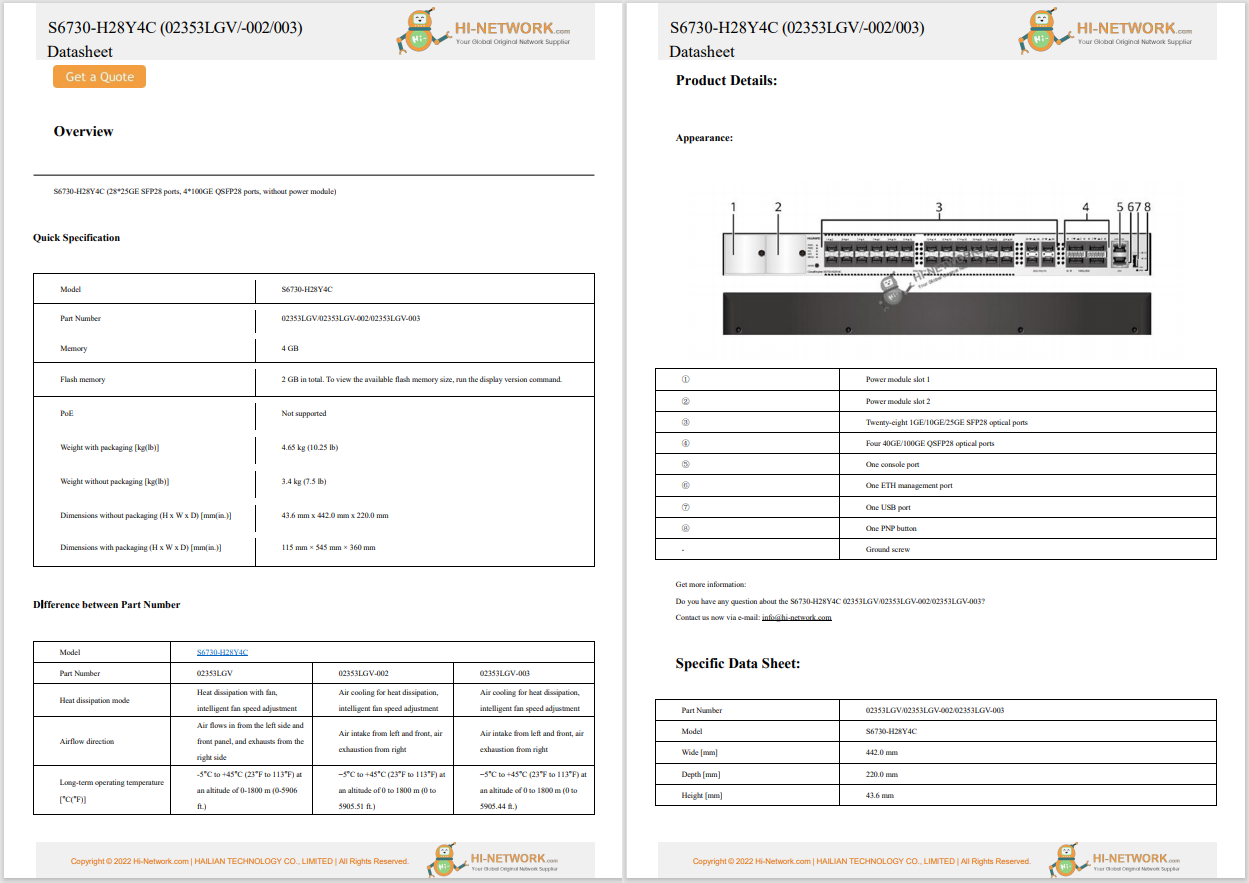

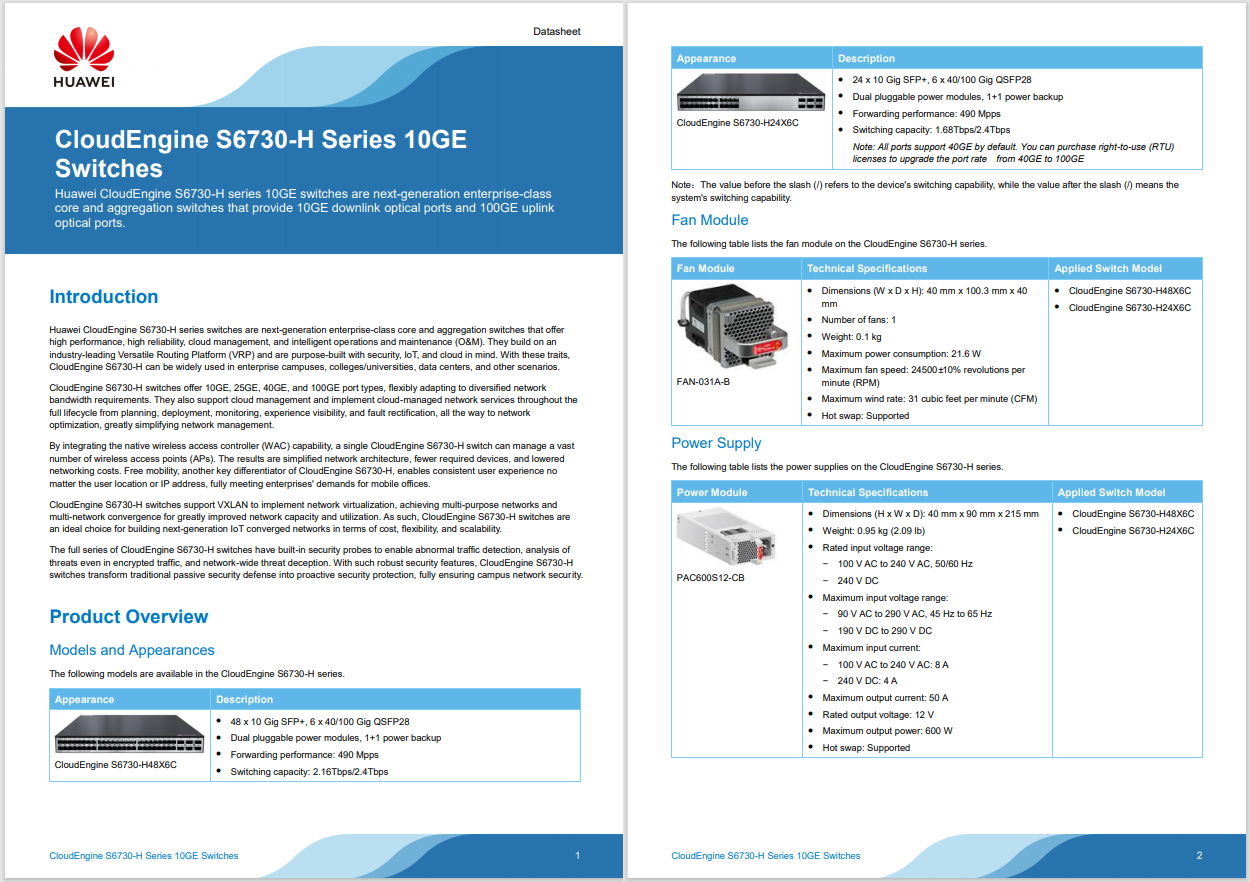
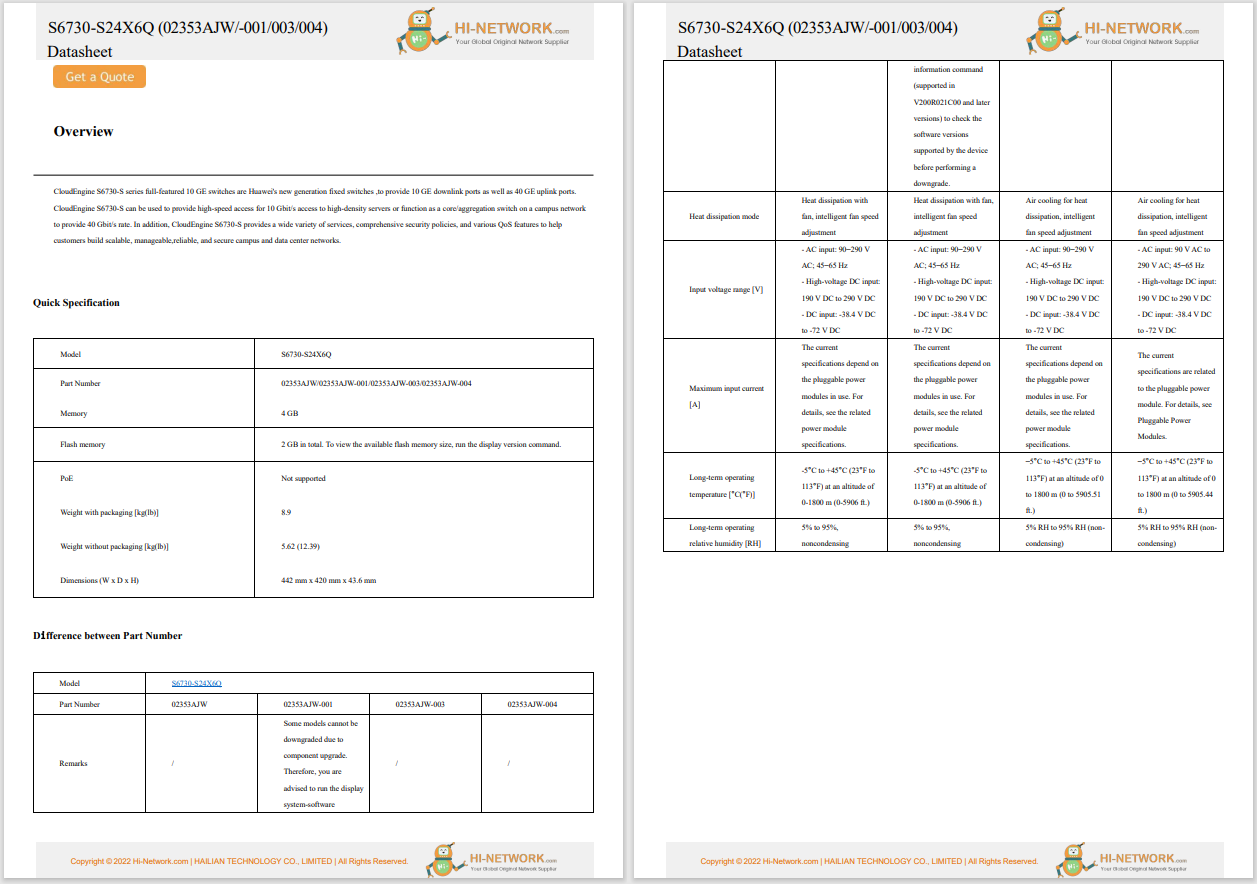


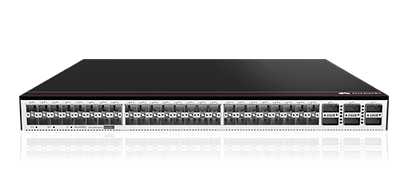
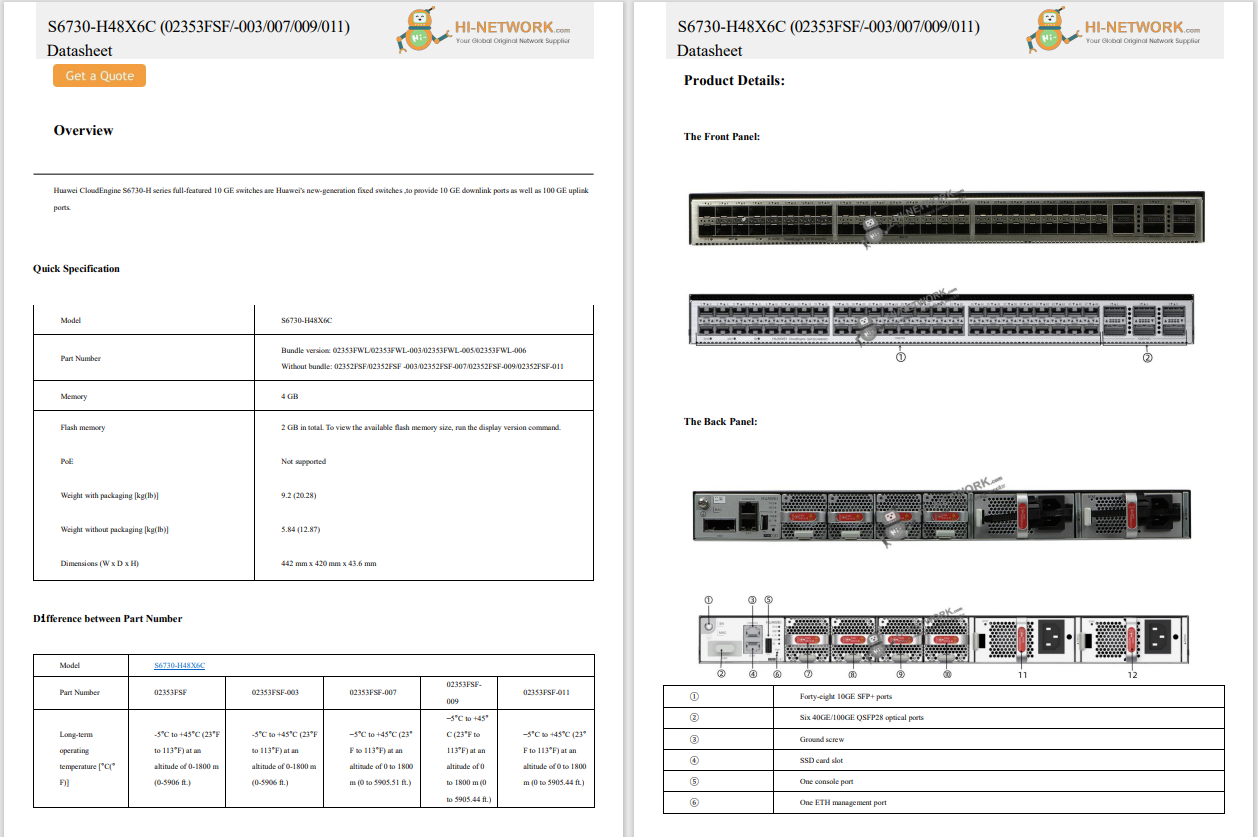
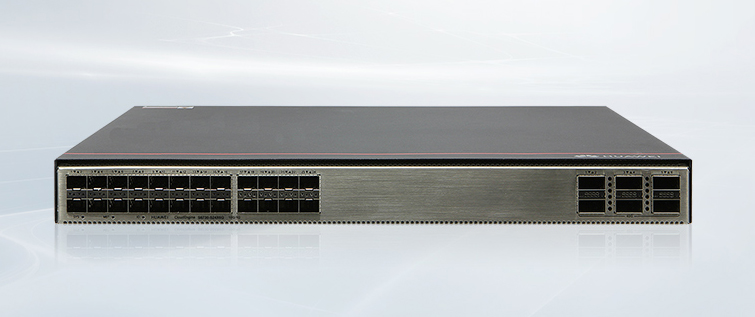



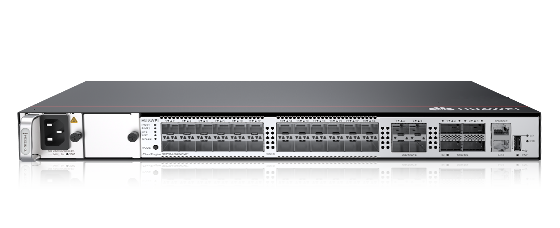
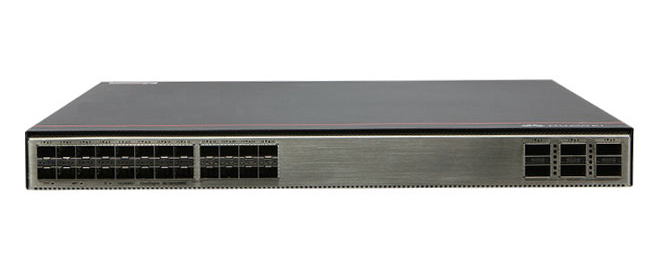
When your computer slows to a crawl and struggles with even basic tasks, like switching between apps, it's often a sign that your system is running low on RAM.A lack of free memory on Windows or Mac can lead to crashes, freezing, and delays.
Fortunately, clearing your computer's RAM can often fix these issues and get things running smoothly again.Below are some easy ways to get this done without having to replace any hardware.
Whether you have a Windows computer or a Mac, these methods will help you free up some RAM.
Restart your computer.The simplest way to completely clear your RAM and start fresh is to restart your Windows PC or fully shut down your Mac and then turn it back on.By fully shutting down your computer, you remove power from the RAM, which clears it out. When you turn your computer back on, you'll be working with a clean slate.
Update your software. Make sure that your operating system and all of the apps you use are fully updated. Older versions of operating systems and apps often exhibit problems like memory leaks or are just inefficient and use too much resources.
Try different apps. If you notice a slowdown whenever you use a specific app, like your web browser, close it down and try an alternative. In this case, there are plenty of web browsers to pick from.
Clear your web browser cache. This is another option that's useful for memory-related problems when using a browser. Web browser caches are located on your hard drive, not your RAM, but they can still cause similar issues when full.
If you've tried the basics, and your Windows PC is still running slow, then we have several potential fixes that are Windows-specific. Make sure to try each of these tips before you take additional actions like upgrading your physical RAM.
Use Task Manager to check the current memory usage and force quit problematic processes. Task Manager lets you see how much RAM each individual process is using. If you find that a particular app is hogging all your RAM, and especially if you aren't using it, try force quitting. You may want to consider an alternative appin thefuture if the problem persists.
:max_bytes(150000):strip_icc()/B1-ClearRAMonYourMacorWindowsComputer-annottated-47c7788a2e5e40749ccd7a84fb400c70.jpg)
Remove unnecessary startup programs. When Windows first starts up, several apps automatically begin to run in the background. Each of these apps takes up RAM, so having a bunch of unnecessary apps launch with the OS can cause problems. When you go through the list of startup apps, only enable the ones you use every day to see if that helps.
:max_bytes(150000):strip_icc()/B2-ClearRAMonYourMacorWindowsComputer-annotated-865dd4cd232c41bbad136db52968e22e.jpg)
Clean up your background apps. In Windows, apps are allowed to run in the background by default. You can set it so no apps can run in the background, or only allow the ones that you actually use.
Do this in Windows 11 throughSettings>Apps>Installed apps. Choose an app from the list and then select thethree dotsto edit its advanced settings.
Go here in Windows 10:Settings>Privacy>Background Apps.
:max_bytes(150000):strip_icc()/B3-ClearRAMonYourMacorWindowsComputer-annotated-a9f6a4dd843e47af8bbf44bee8689d4b.jpg)
Clear your page file on restart. Windows uses something called a page file to store temporary data in a manner somewhat similar to RAM. Unlike RAM, which is automatically cleared when your computer powers down, the page file will stay full. Clearing the page file doesn't have a direct impact on your RAM, but it can have a similar effect.
To do this, open Registry Editor and navigate to this location:
HKEY_LOCAL_MACHINE\SYSTEM\CurrentControlSet\Control\Session Manager\Memory Management Double clickClearPageFileAtShutdown. Enter1 in the Value datafield, and clickOK.
:max_bytes(150000):strip_icc()/B4-ClearRAMonYourMacorWindowsComputer-annotated-f51633be852d43d7be981e8130e7aaeb.jpg)
Increase virtual memory. This is related to the previous step, but slightly different. In Windows, the terms page file and virtual memory are used interchangeably. If clearing your page file, then adding additional space to virtual memory may help.
:max_bytes(150000):strip_icc()/B5-ClearRAMonYourMacorWindowsComputer-annotated-9b83d9ece46b4795a134a7cdaece589b.jpg)
Disable visual effects. Windows employs a lot of minor visual effects that help improve the experience of using the operating system. These visual effects require system resources to run, so switching them off can effectively free up RAM for mission-critical applications.
:max_bytes(150000):strip_icc()/B6-ClearRAMonYourMacorWindowsComputer-annotated-d368a47ba0de4b0eb17763e40355a40d.jpg)
Macs can also suffer from RAM issues. If you're experiencing a slowdown, apps crashing, or warnings about insufficient memory on your Mac, try these fixes.
Check memory use in the Activity Monitor. The Activity Monitor allows you to see how much RAM each app is using on your Mac. If you identify any apps that are hogging all your RAM, you can try closing them. Apps you actually use will tend to grab those resources back as soon as you relaunch, so you may want to look for alternatives that require less RAM.
:max_bytes(150000):strip_icc()/C1-ClearRAMonYourMacorWindowsComputer-annotated-6259dc4a48074071879768c149144090.jpg)
Check memory usage in the Activity Monitor. In addition to seeing how much RAM each app is using, Activity Monitor also allows you to see how much attention each app is demanding from your CPU. While this isn't directly related to RAM, an app that takes more than its share of processing power will slow down your Mac. Try closing problem apps and replacing them with alternatives, if possible.
:max_bytes(150000):strip_icc()/C2-ClearRAMonYourMacorWindowsComputer-annotated-718191d22e434e159b44217e0920c343.jpg)
Clean up your desktop. Every file and app on your desktop is loaded into RAM, so an excessively cluttered desktop can end up using a lot of resources. Do you have a high-resolution display or multiple displays, with apps, photos, and various other documents and files sprayed across your desktops? Try moving those files elsewhere, or at least consolidate things into a few folders.
:max_bytes(150000):strip_icc()/ScreenShot2020-08-05at7.00.13PM-353f604740874a24bb876a16168e534b.png)
Close excess Finder windows. If you go for extended periods without fully shutting down your Mac, you're bound to end up with a bunch of Finder windows open in the background. Each of these windows loads its contents into RAM, so consider consolidating them into tabs.
ClickFinder, right-clickPreferences, and tick offOpen folders in tabs instead of new windows.
:max_bytes(150000):strip_icc()/C4-ClearRAMonYourMacorWindowsComputer-annotated-61d8b81871054aa1b2446ccd89d49cc3.jpg)
To consolidate your Finder windows into one, clickWindow>Merge All Windows.
:max_bytes(150000):strip_icc()/C4-1-ClearRAMonYourMacorWindowsComputer-annotated-ccec0f47cb29442abf7e0d9984c9c3b0.jpg)
Free up disk space for virtual memory. When your RAM fills up, your Mac can use virtual memory by storing temporary files in a special location on your storage drive. It isn't able to do so if your drive is full, which can cause slowdown and even errors. To fix this problem, consider deleting files and apps you no longer use.
While the methods we provided above are sure to work in the short term, your problems will likely eventually reoccur. If you're running more apps than your computer can handle, trying to run an app that needs more RAM than you have, or if you have an app that malfunctions and takes too much RAM, then most fixes are just going to be temporary patches. Similarly, RAM issues can be caused by malware and other problems.
Here are some other ways to deal with a lack of RAM:
Scan your computer for malware. If you have one or more viruses or other malware on your computer, they will often compete with your other apps for resources like RAM and subsequently slow the whole system down. A good antivirus program can take care of this problem.
Use a RAM cleaner app. These apps vary in utility, with some doing little at all, and others automating many of the tips found above. If you're out of options, then it's worth a try. You may want to specifically focus on fixing memory leaks if you have a Windows PC or try tuning up your Mac.
Install additional RAM. When all else fails, simply adding more RAM should do the trick. Check to see whether your computer has extra RAM slots, or if you'll have to remove the old RAM and insert new units. Installing RAM in a Windows PC is usually pretty easy, while laptops are often more difficult to work with. You can also upgrade your RAM on someMacs, as long as it isn't already equipped with the maximum amount (or Apple just doesn't let you).
Every computer has a type of memory called RAM that's designed for short-term data storage. It's faster to read and write data from the RAM than from your computer's long-term storage, so data from all of the active processes on your computers, like your operating system and apps, ends up stored in the RAM.
When you shut your computer down, the RAM is completely cleared out. Then when you start your computer back up, and every time you open or interact with an app, new data is written to and retrieved from the RAM at an incredibly fast rate.
This process goes on without notice, behind the scenes, until you open too many apps or one of your apps is especially hungry for memory, and your RAM fills up. Apps will then slow down, you'll have trouble switching between them, and some may even crash.
By clearing your RAM, you free up space for your apps to work more efficiently.
4 Best Free RAM Test Programs Tags quentes :
Tags quentes :